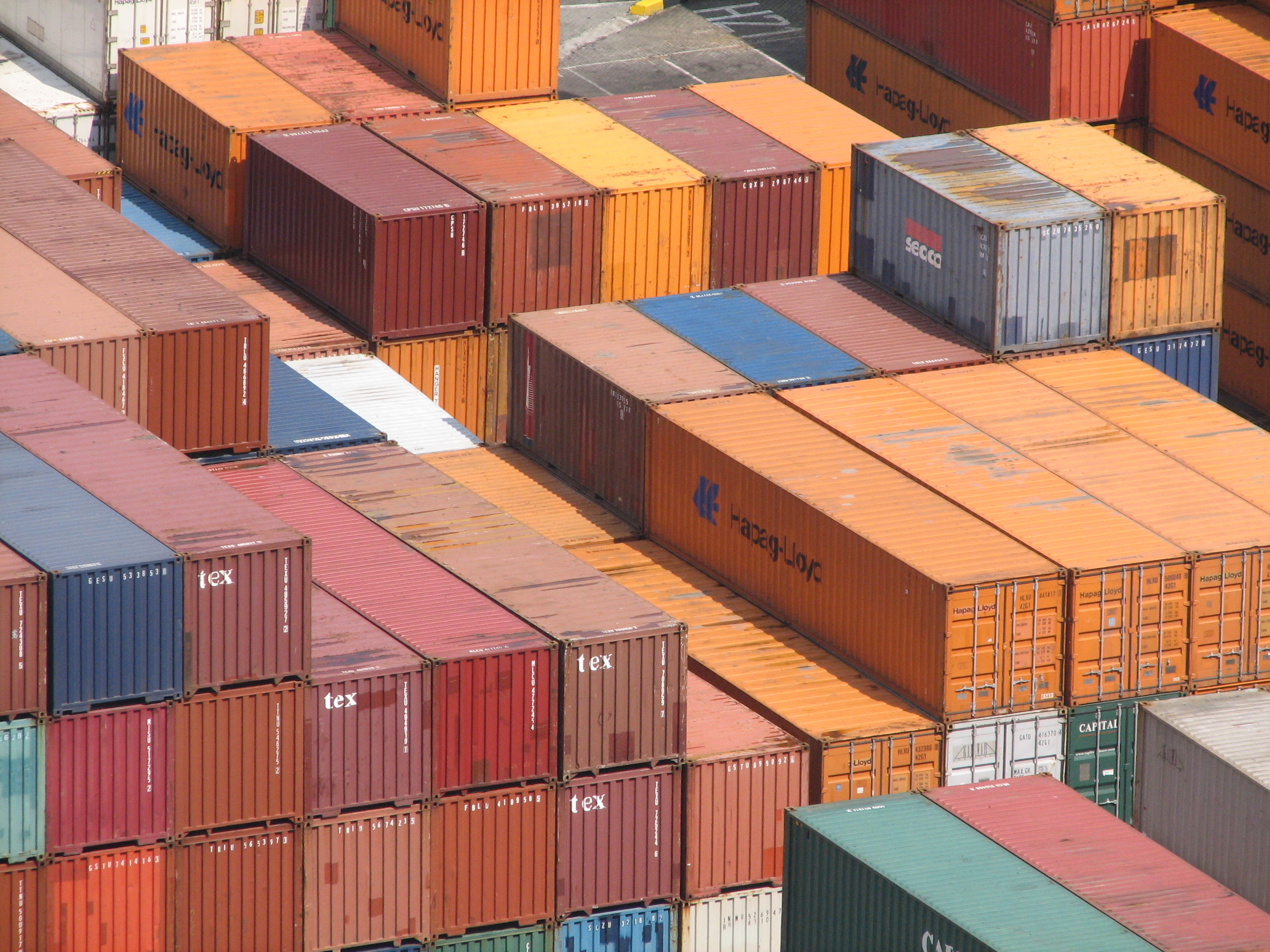

As part of China's efforts to strengthen its intellectual property protection policy, increase cross-border flows and rapidly grow e-commerce, customs surveillance is a must-have tool for preventing trademark infringements.
Trademark Defender has developedan operational customs surveillance program in China, designed to effectively coordinate interactions between trademark owners and Chinese customs authorities.
Our local team, authorized to actas an official agent, monitors cases and facilitates communication between the various stakeholders.
How the customs surveillance program works
• Registration of your trademark in theChinese customs database (GACC).
• Awareness-raising and coordination withlocal authorities to encourage the verification of shipments where thetrademark appears.
• Targeted monitoring of shipments, particularly in high-risk ports and logistics areas.
• Notification by Trademark Defender in the event of suspicion or a report by customs. Customs will normally hold the suspicious shipment for 72 hours. If there is no response, or if the suspiciousgoods are authenticated, the relevant customs team is required to release the shipment, which will then continue on its way.
• Rapid intervention by our local team toconfirm the counterfeiting, provide evidence and organize the seizure or destruction of the products.
• Follow-up on the case in cooperation withthe Chinese authorities, the courts and your teams in Europe.
The advantages of our program
• Active local presence, able to communicatedirectly with customs services.
• Proactive approach, going beyond simpleregistration to encourage on-site inspections.
• Essential responsiveness, thanks to a teamready to intervene as soon as a suspicious shipment is reported.
• Expertise in Chinese procedures, ensuringfast and compliant processing of cases.
• Smooth coordination between China andEurope, to secure communication and decision-making.
We have observed that many companies either have no customs monitoring system in China or do not receive notifications issued by customs.
We believe that in practice, manycustoms notifications are not followed up with effective communication betweencustoms and the trademark owner.
In China, it is not sufficient toregister the trademark with customs; an effective program requires theinvolvement of local teams with customs services in China.
An additional tool forknowledge and control.
Beyond the fight against counterfeiting, customs surveillance offers trademark owners greater visibilityinto parallel flows and unauthorized imports into China.
This information makes it possible to identify uncontrolled distribution channels and better understand the real dynamics of the Chinese market.
Our program also includes the management and maintenance of whitelists with Chinese customs.
This system, which is essential for smooth surveillance, allows the authorities to focus their controls on shipments not linked to your authorized partners, thus ensuring effective control without hindering legitimate import and export flows.
Conclusion
Customs surveillance is not anadministrative reflex, but a strategic tool.
Anticipating, cooperating, and taking action at the border is one of the essential lines of defense in acomprehensive anti-counterfeiting strategy.
Trademark Defender supports trademark owners in this process, combining legal expertise, local presence and operational coordination with Chinese authorities.
At Trademark Defender, our goal is to transform customs surveillance into a concrete lever for protecting and controlling trade flows.
